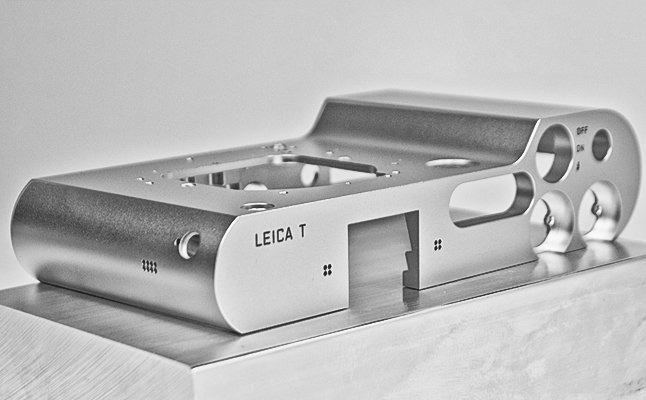
Next week Leica will launch a new product, if not a complete product range. Rumour has it that we will see an APS-C system camera with two T-mount lenses, a prime and a zoom. If this is so, it is a fair bet that M lens profiles will be included, enabling most existing M optics to be used. More information comes from Leica Rumors which today published a range of Leica T chassis pictures, originally from on a Czech site.
The shots look genuine and bear out earlier images of the complete camera fitted with a Zeiss M lens. The one-piece aluminium body appears to be extremely substantial and of high quality. We will probably have no qualms about build quality of this camera and, even without the new lenses, it will be an attractive body for use with M lenses.
We are told that the camera will be launched with two auto-focus T-mount lenses, a 23mm f/2 Summicron-T (35mm equivalent) and an 18-56mm f/3.5-5.6 Vario-Elmar (27-84mm equivalent). It will be supplied with a kit lens (presumably the zoom) at a price of “around $3,000” which means the UK price tag could be somewhere in the region of £2,500.
If the zoom is as good as the lens of the X Vario it will be a cracker and, even at this high price the camera will find buyers. A crucial factor will be the integration of manual M lenses. If the camera includes profiles and reads the six-bit coding of current lenses I can see many Leica fans being attracted simply because of the convenience.
What about the competition? As far as I am concerned there are three primary competitors in the compact system camera world, plus a fourth if the full-frame Sony A7 is taken into account.
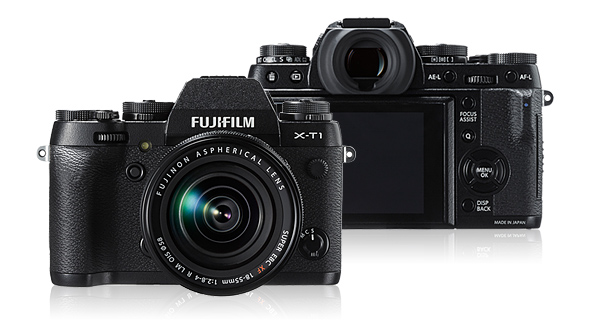
First comes the most obvious competitor, the new Fuji X-T1 which, bundled with the excellent f/2.8-4.0 18-55 zoom costs £1,400. Second comes the Olympus OM-D EM-1 which comes in at £1,950 when twinned with the truly spectacular f/2.8 12-50 zoom. Despite having a smaller (Micro Four Thirds) sensor than the Fuji’s APS-C, the OM-D offers exceptional build quality, blisteringly fast autofocus and five-axis in-body stabilisation. The Fuji and the Olympus feature two of the best electronic viewfinders currently available.
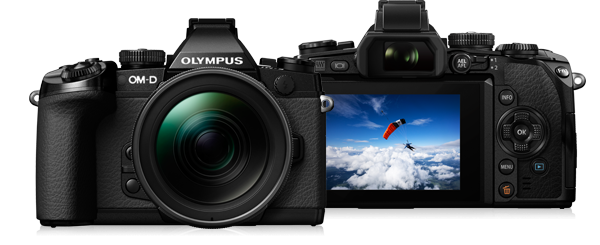
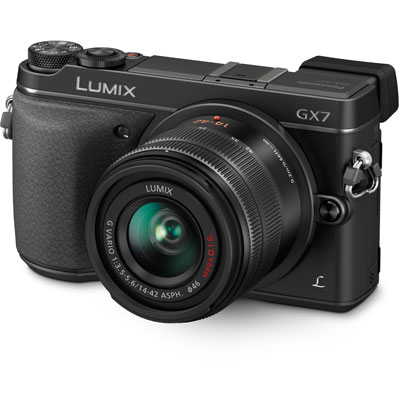
Another current favourite from the Micro Four Thirds camp is the small and very fully featured Panasonic GX7. It is a different animal to the DSLR-styled Olympus, more akin to the Olympus PEN range, but it does have the advantage of a good built-in viewfinder which performs the useful party trick of swivelling upwards for those low-down shots. With the rather average kit 14-42mm zoom, the GX7 costs about £750. As a small system camera, perhaps as a backup for a Leica M user, the Panasonic is a quality act at an attractive price.
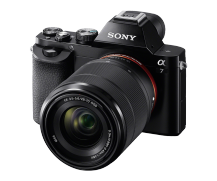
Finally, we shouldn’t discount the full-frame Sony A7. This camera competes on price with the Olympus OM-D EM-1 and Fuji XT-1 and offers a lot of camera for the money. It has the big advantage of being able to mount Leica lenses at the full 35mm focal length rather than having the crop disadvantage of the other cameras (1.5 for APS-C and 2 for MFT where a medium-wide 35mm lens becomes a 70mm short tele). The A7 with its rather lacklustre kit 28-70mm zoom can be had for as little as £1,490.
The new Leica T will have very strong competition but, if the price does turn out to be around £2,500 with kit zoom and if the image quality is as good as the X Vario, I see it being successful. Lots of ifs, though. And a pity about the lack of a built-in viewfinder.
